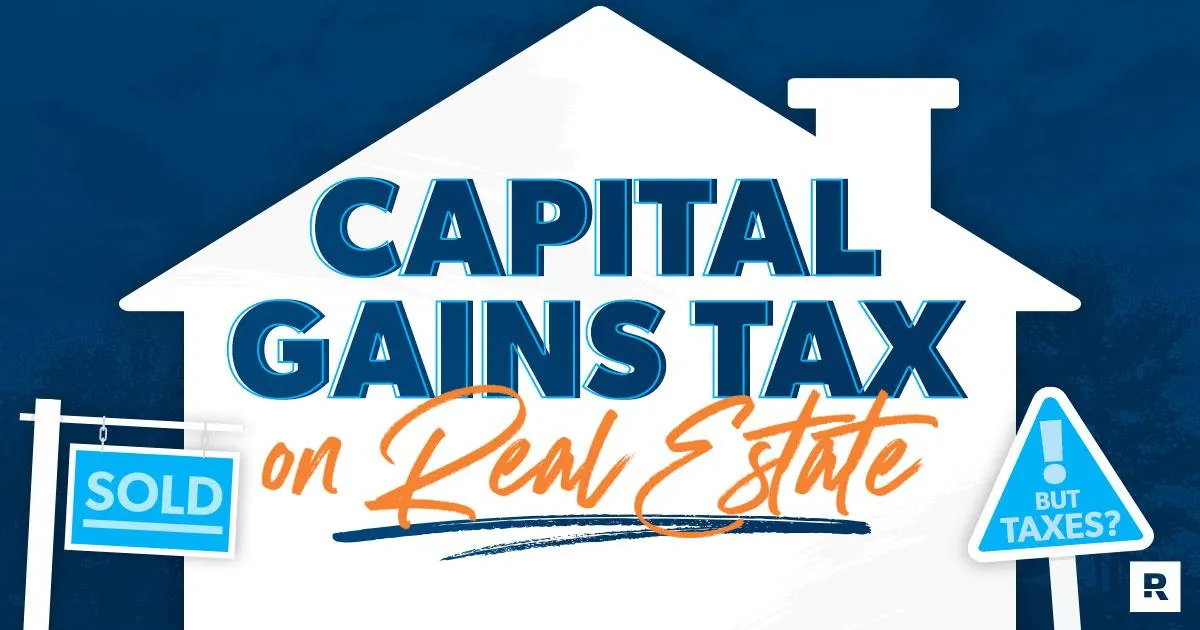
Hidden Tax Traps When Selling Your Home in Today's Market
Hidden Tax Traps When Selling Your Home
Selling your home brings paperwork, negotiations, and an often overlooked companion. Taxes. Not just any taxes. Capital gains taxes that can significantly reduce your profits in this inflated housing market.
While many homeowners focus on maximizing their selling price, understanding the tax implications might be equally important for your financial outcome. The current real estate market has created substantial appreciation for many property owners, potentially pushing more sellers into capital gains territory.
How Capital Gains Taxes Impact Home Sales
When you sell your home for more than you paid for it, the IRS considers that profit a capital gain. Unlike ordinary income, capital gains often receive preferential tax treatment. However, these taxes still represent a substantial financial consideration in today's market where home values have skyrocketed in many regions.
The tax rate you'll pay depends on two critical factors: your income level and how long you've owned the property. Short-term capital gains (properties owned less than a year) are taxed at your regular income rate, while long-term gains benefit from lower rates, typically 0%, 15%, or 20% based on your income bracket.
What many sellers fail to recognize is that all financial gains must be reported to the IRS when filing your tax return, even if you ultimately don't owe taxes on the sale.
The Primary Residence Exclusion
The most powerful tax shield available to homeowners is the primary residence exclusion. This provision allows single filers to exclude up to $250,000 of capital gains from taxation. Married couples filing jointly can exclude up to $500,000.
But there's a catch. The IRS applies what's known as the "2 of 5" rule or the "ownership and use" test. To qualify, you must have:
1. Owned the home for at least two years out of the five-year period ending on the date of sale
2. Used the home as your primary residence for at least two years during that same five-year period
3. Not excluded gain from another home sale in the two-year period ending on the date of the current sale
Strategic Considerations In Today's Market
The current housing environment presents unique challenges for tax planning. With rapid appreciation in many markets, even the generous primary residence exclusion might not fully shelter your gains, particularly if you've owned your home for decades in a high-growth area.
Investors and second-home owners face even greater tax exposure. Without the primary residence exclusion, the full capital gain becomes taxable. This reality requires careful timing and potentially more complex tax strategies.
For homeowners contemplating a sale, calculating your cost basis becomes crucial. Your initial purchase price plus qualifying improvements and certain selling expenses can all adjust your basis upward, potentially reducing your taxable gain.
Looking Forward
As housing prices continue their upward trajectory in many markets, more homeowners will find themselves bumping against exclusion limits. Understanding these tax implications before listing your property allows for proper financial planning and potentially significant tax savings.
The intersection of real estate decisions and tax strategy has never been more important. While selling in a seller's market might maximize your sale price, the after-tax proceeds tell the complete financial story.
Smart homeowners recognize that timing, documentation of improvements, and understanding exclusion requirements aren't just tax details but critical components of their overall wealth management strategy in today's complex real estate landscape.
